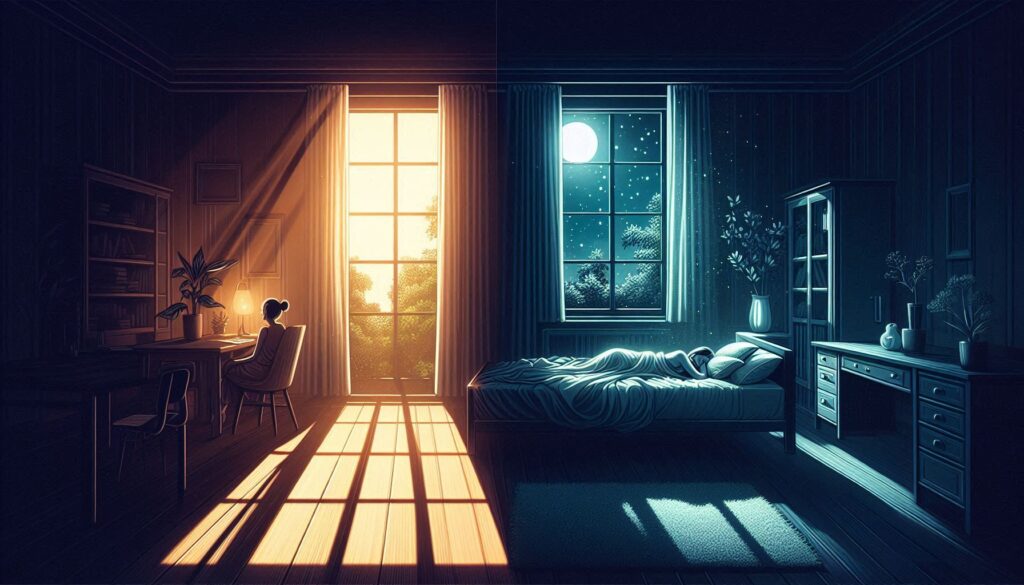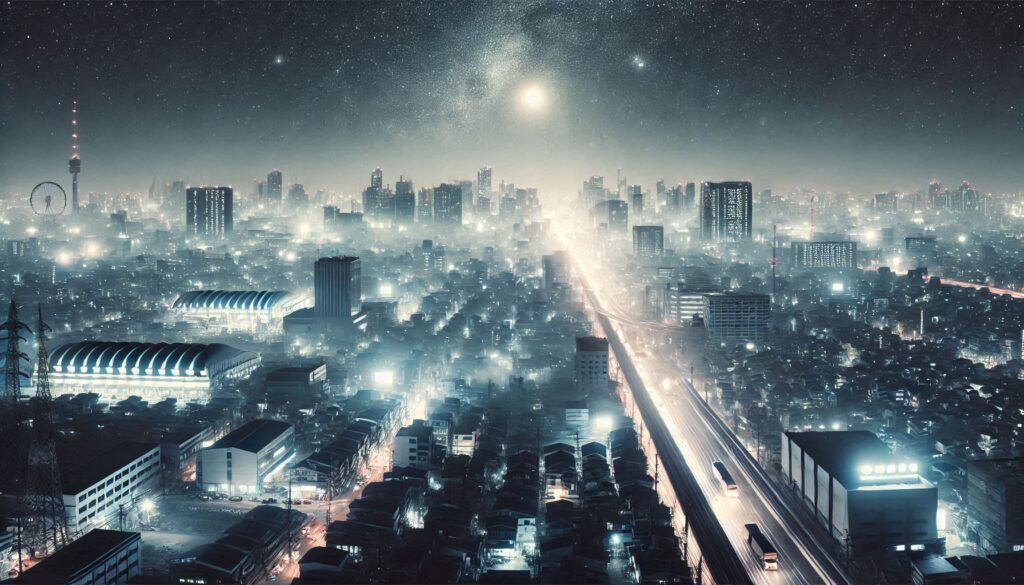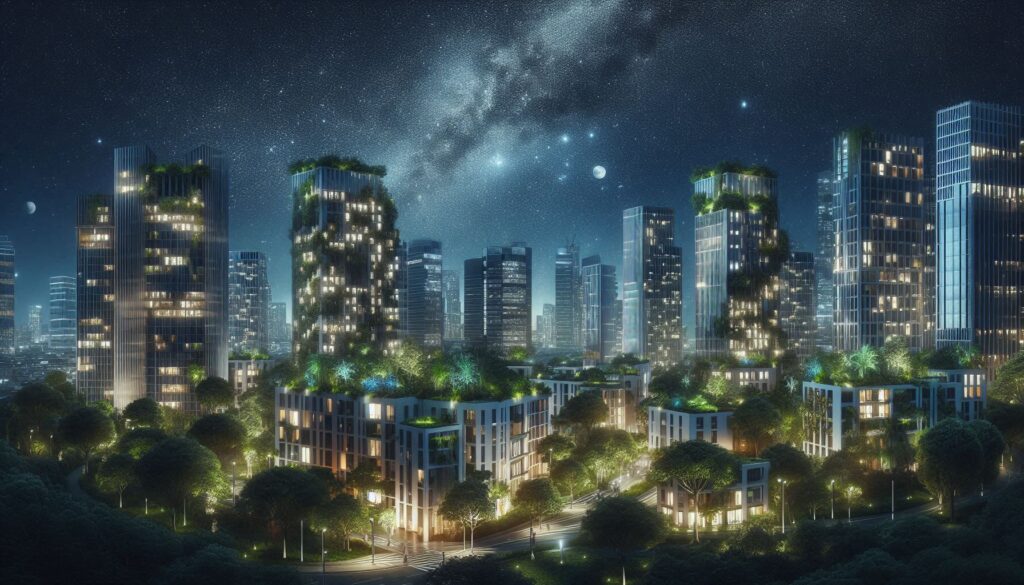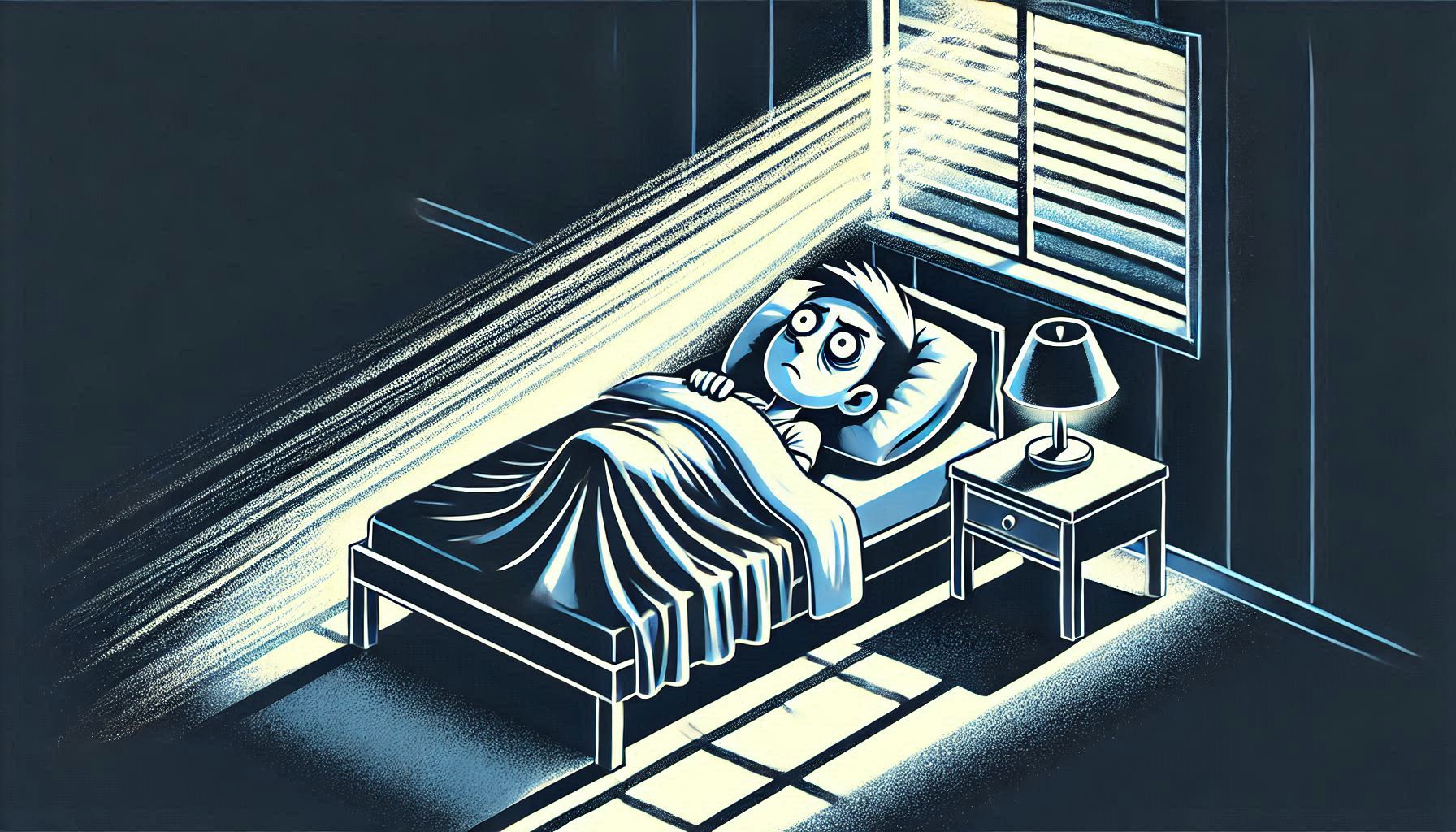Introduction
Visual comfort refers to the quality of lighting in a space that allows occupants to perform tasks, relax, and function without experiencing eye strain, glare, or discomfort. Proper lighting design balances natural and artificial light, enhances productivity, and promotes well-being. In regions like Egypt, light pollution and the infiltration of streetlights into living spaces are common issues that need attention.
Key Elements of Visual Comfort

- Daylighting
- Optimal Natural Light: Designing spaces to maximize daylight reduces reliance on artificial lighting. Large windows, skylights, and light shelves can distribute light effectively.
- Glare Control: Employ shading devices like blinds, louvers, or perforated screens to control direct sunlight and prevent glare.
- Artificial Lighting Design
- Use layered lighting, combining ambient, task, and accent lighting to suit the functionality of each space.
- Select fixtures with color temperatures that align with circadian rhythms (e.g., warm light for relaxation, cooler light for focus).
- Minimizing Light Pollution
- Outdoor lighting should have proper shielding to direct light downward, reducing glare and light spillage.
- Use motion sensors or timers to ensure lights are on only when needed, especially in outdoor spaces.
- Streetlight Infiltration
- In residential areas, improperly placed streetlights can infiltrate homes, disrupting sleep and creating discomfort. Solutions include:
- Advocating for shielded streetlights to limit light trespass.
- Installing blackout curtains or window films to block intrusive light.
- In residential areas, improperly placed streetlights can infiltrate homes, disrupting sleep and creating discomfort. Solutions include:
Light Pollution and Its Impact

- Human Health
- Excessive exposure to artificial light disrupts the body’s natural circadian rhythm, affecting sleep quality and overall health.
- Environmental Effects
- Light pollution impacts nocturnal wildlife by altering their behavior, migration, and feeding patterns.
- Energy Waste
- Inefficient outdoor lighting consumes unnecessary energy, adding to operational costs and environmental burdens.
Addressing Light Infiltration in Egypt
The placement of streetlights near residential windows is a widespread issue in Egypt. Citizens need to be informed about their rights and the authorities responsible for resolving these problems:
- Steps to Take
- Document the issue with photos showing the extent of light infiltration.
- File a formal complaint with the local city council or municipal authority responsible for public utilities.
- Engage with neighborhood committees to collectively address widespread issues.
- Long-Term Solutions
- Advocate for better urban lighting policies, including the adoption of dark-sky-friendly lighting systems.
- Encourage local governments to upgrade streetlights with shields and adjustable brightness controls.
Conclusion

Visual comfort is integral to creating livable spaces. Addressing issues like light pollution and intrusive street lighting not only improves personal well-being but also contributes to sustainable urban development. Public awareness and collective action are key to ensuring a visually comfortable environment for all.

